Not too long ago, there was only one question asked when deciding on what grass seeds to buy. That was, whether the field was for grazing or for silage.
Merchants sold grazing mixes and silage mixes along with heavy-land mixes and one-cut silage mixes.
Decisions were simple. One size was to fit all and you got whatever varieties were in the bag.
The vast majority of the seed sold was on the recommended lists, so everyone was happy.
But things have moved on, and while the majority of grass seed sold in Ireland is still sold in mixtures, the information available to farmers on grass seed varieties is much greater than it has ever been before.
Farmers are now much more interested in variety selection.
The reasons for including new parameters in variety evaluation have been well-documented. Unlike in other countries, growing grass in Ireland is not just about producing a big crop of silage.
Grass quality, spring and autumn growth and persistency are more important than silage yield for intensive grass-based systems where grazing is prioritised.
So what’s new?
The big changes include the introduction of the Pasture Profit Index (PPI) and the on-farm variety evaluation work.
Picking a grass seed variety is a bit like choosing a bull for your cows. Farmers no longer pick bulls solely on their milk yield.
Like the Economic Breeding Index, (EBI) the PPI is a multi-trait index, where each trait makes up a proportion of the overall index.
The PPI looks at spring, summer and autumn growth, grass quality, silage yield and persistency. It places an economic value(€/ha) on each sub -index. The highest-ranking variety on the PPI has the highest value per hectare. This figure is the relative profitability difference of that variety when compared with the base values.

Having the PPI is a massive improvement in variety evaluation compared with just using the recommended lists on their own. Farmers now have more information with a direct link to profitability. The PPI is published by Teagasc.
At present, data in the PPI is based on information gathered from the recommended lists which are published by the Department of Agriculture. The next step in the development of the PPI is to include data from on-farm variety evaluation. This is an important step and is due to happen in 2018.
The proof of the pudding is in the eating, and this will be the case with grass varieties.
Since 2011, Teagasc have been evaluating how varieties perform on commercial farms with single varieties of grass sown in fields and managed as normal. The varieties were all evaluated for growth, number of grazings, quality and post-grazing heights.
The results from the first four years of the on-farm study have been published previously. Results from the on-farm evaluation are not available for every variety on the 2017 PPI, as new varieties are being added every year and there is a lag before results from the on-farm trial are available.
The results from the first four years of the study are presented in Table 1 and they are ranked according to the varieties that score highly in all three categories. Of the 11 varieties tested over the four years (2013 to 2016), Aston Energy, Abergain, Aberchoice, Dunluce and Abermagic rank the best.
Of the varieties mentioned above, Abermagic ranks highly in second spot on the PPI at €199/ha, while Aberchoice and Abergain rank highly also at €175/ha and €169/ha respectively.#

Table 1
So now we effectively have three evaluation methods; the recommended list, the PPI and the on-farm evaluation. Farmers are asking which evaluation method is most relevant for them.
What is obvious is that more of the on-farm evaluation data needs to be fed into the PPI as soon as possible.
When this is complete, the PPI will, in my view, become a more complete index. While on-farm studies will struggle to have the same level of detail as research on plots, the information is more valuable.
Varieties on farms get exposed to a lot more than they do in a plot; different management, poaching, different pre- and post-grazing heights and generally more stress.
What you want to see on farms is a variety that is grazed often. This means that the variety grows well and is liked by cows.
#This is because a variety that doesn’t grow well will automatically be grazed less often, and a variety that is not liked by cows will also be grazed less often, as it is more likely to be poorly cleaned out and closed for silage.
Cows are the true test of a variety’s worth. You want cows to have high intakes of a high-quality grass. So for me, you cannot overlook the on-farm results. Of course, the question is whether or not the newer varieties that rank highly in the PPI will out-perform the likes of Aston Energy and Abergain when their on-farm performance becomes available.
The logical follow-on from this is whether or not farmers should take a leap of faith and use the higher-ranking varieties on the PPI ahead of the ones that are proven on farms, but have lower PPI.
You could say that these varieties are like young test bulls.
If it was cows you were breeding, you would be advised to use a team of young bulls to spread your risk, as some of their proofs will fall when they become daughter-proven.
It’s the same with grass varieties such as Aberclyde, Nifty, Fintona and Aberwolf. While they rank highly on the PPI, they haven’t yet been proven on farms and I have no doubt that the PPI of some of them will drop.
Therefore, the advice should be that if you are going to use one variety that it should be proven to perform well on-farm.
If using varieties that are not yet proven on farms, I would be inclined to use a few varieties over a smaller area to reduce your risk.
Using mixes is still an option but with more and better information on varieties, it is becoming less attractive. The future is monocultures of high-performing grass varieties with clover, where possible.
Read more
Grass varieties impact on methane emissions
Reseeding checklist: eight tips for a good job
Reseeding demonstration revisited
Full coverage of the resseding focus
Not too long ago, there was only one question asked when deciding on what grass seeds to buy. That was, whether the field was for grazing or for silage.
Merchants sold grazing mixes and silage mixes along with heavy-land mixes and one-cut silage mixes.
Decisions were simple. One size was to fit all and you got whatever varieties were in the bag.
The vast majority of the seed sold was on the recommended lists, so everyone was happy.
But things have moved on, and while the majority of grass seed sold in Ireland is still sold in mixtures, the information available to farmers on grass seed varieties is much greater than it has ever been before.
Farmers are now much more interested in variety selection.
The reasons for including new parameters in variety evaluation have been well-documented. Unlike in other countries, growing grass in Ireland is not just about producing a big crop of silage.
Grass quality, spring and autumn growth and persistency are more important than silage yield for intensive grass-based systems where grazing is prioritised.
So what’s new?
The big changes include the introduction of the Pasture Profit Index (PPI) and the on-farm variety evaluation work.
Picking a grass seed variety is a bit like choosing a bull for your cows. Farmers no longer pick bulls solely on their milk yield.
Like the Economic Breeding Index, (EBI) the PPI is a multi-trait index, where each trait makes up a proportion of the overall index.
The PPI looks at spring, summer and autumn growth, grass quality, silage yield and persistency. It places an economic value(€/ha) on each sub -index. The highest-ranking variety on the PPI has the highest value per hectare. This figure is the relative profitability difference of that variety when compared with the base values.

Having the PPI is a massive improvement in variety evaluation compared with just using the recommended lists on their own. Farmers now have more information with a direct link to profitability. The PPI is published by Teagasc.
At present, data in the PPI is based on information gathered from the recommended lists which are published by the Department of Agriculture. The next step in the development of the PPI is to include data from on-farm variety evaluation. This is an important step and is due to happen in 2018.
The proof of the pudding is in the eating, and this will be the case with grass varieties.
Since 2011, Teagasc have been evaluating how varieties perform on commercial farms with single varieties of grass sown in fields and managed as normal. The varieties were all evaluated for growth, number of grazings, quality and post-grazing heights.
The results from the first four years of the on-farm study have been published previously. Results from the on-farm evaluation are not available for every variety on the 2017 PPI, as new varieties are being added every year and there is a lag before results from the on-farm trial are available.
The results from the first four years of the study are presented in Table 1 and they are ranked according to the varieties that score highly in all three categories. Of the 11 varieties tested over the four years (2013 to 2016), Aston Energy, Abergain, Aberchoice, Dunluce and Abermagic rank the best.
Of the varieties mentioned above, Abermagic ranks highly in second spot on the PPI at €199/ha, while Aberchoice and Abergain rank highly also at €175/ha and €169/ha respectively.#

Table 1
So now we effectively have three evaluation methods; the recommended list, the PPI and the on-farm evaluation. Farmers are asking which evaluation method is most relevant for them.
What is obvious is that more of the on-farm evaluation data needs to be fed into the PPI as soon as possible.
When this is complete, the PPI will, in my view, become a more complete index. While on-farm studies will struggle to have the same level of detail as research on plots, the information is more valuable.
Varieties on farms get exposed to a lot more than they do in a plot; different management, poaching, different pre- and post-grazing heights and generally more stress.
What you want to see on farms is a variety that is grazed often. This means that the variety grows well and is liked by cows.
#This is because a variety that doesn’t grow well will automatically be grazed less often, and a variety that is not liked by cows will also be grazed less often, as it is more likely to be poorly cleaned out and closed for silage.
Cows are the true test of a variety’s worth. You want cows to have high intakes of a high-quality grass. So for me, you cannot overlook the on-farm results. Of course, the question is whether or not the newer varieties that rank highly in the PPI will out-perform the likes of Aston Energy and Abergain when their on-farm performance becomes available.
The logical follow-on from this is whether or not farmers should take a leap of faith and use the higher-ranking varieties on the PPI ahead of the ones that are proven on farms, but have lower PPI.
You could say that these varieties are like young test bulls.
If it was cows you were breeding, you would be advised to use a team of young bulls to spread your risk, as some of their proofs will fall when they become daughter-proven.
It’s the same with grass varieties such as Aberclyde, Nifty, Fintona and Aberwolf. While they rank highly on the PPI, they haven’t yet been proven on farms and I have no doubt that the PPI of some of them will drop.
Therefore, the advice should be that if you are going to use one variety that it should be proven to perform well on-farm.
If using varieties that are not yet proven on farms, I would be inclined to use a few varieties over a smaller area to reduce your risk.
Using mixes is still an option but with more and better information on varieties, it is becoming less attractive. The future is monocultures of high-performing grass varieties with clover, where possible.
Read more
Grass varieties impact on methane emissions
Reseeding checklist: eight tips for a good job
Reseeding demonstration revisited
Full coverage of the resseding focus







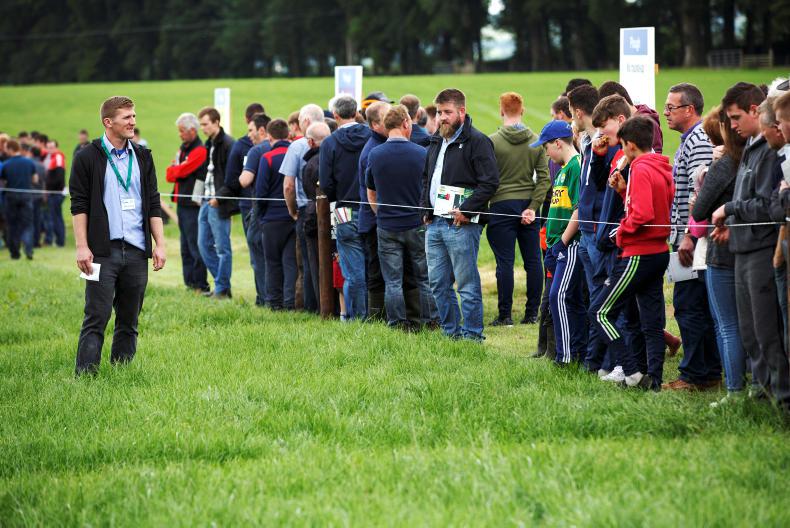
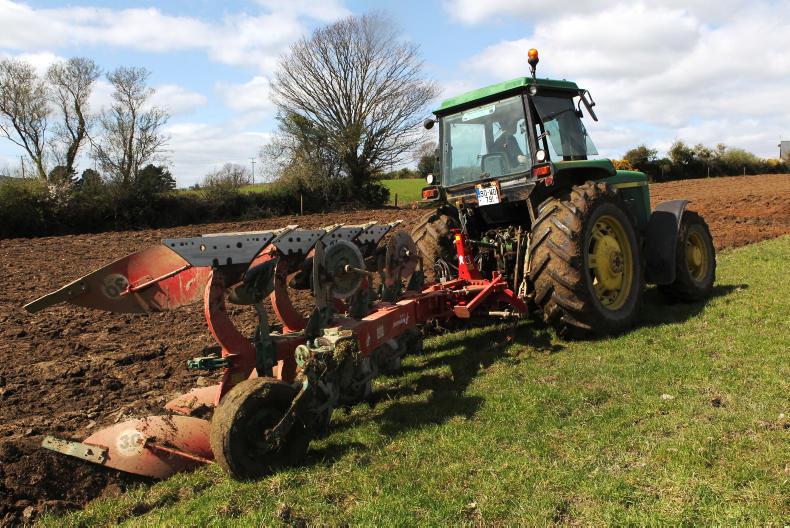
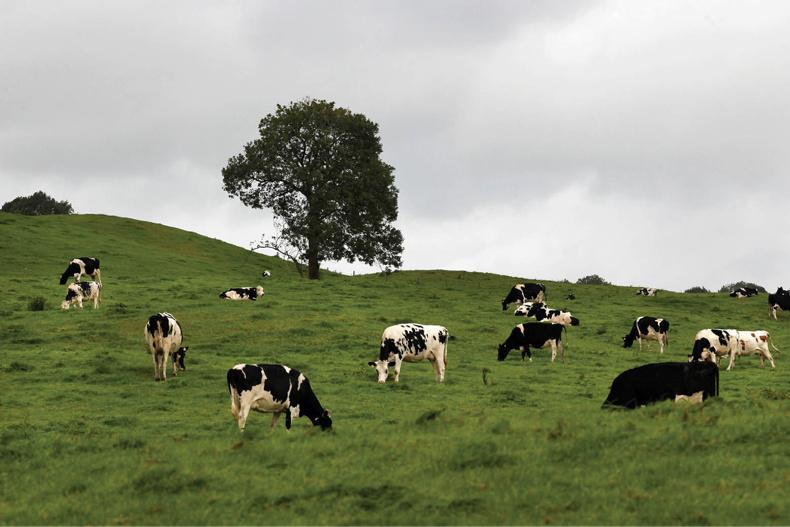
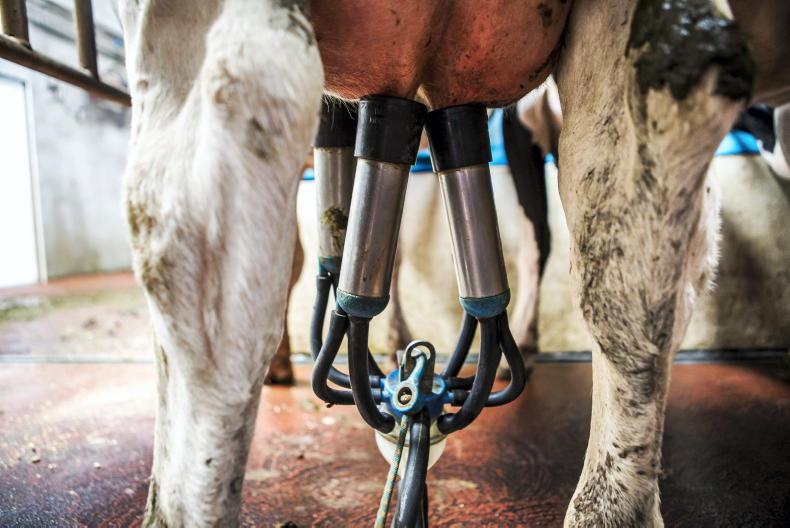
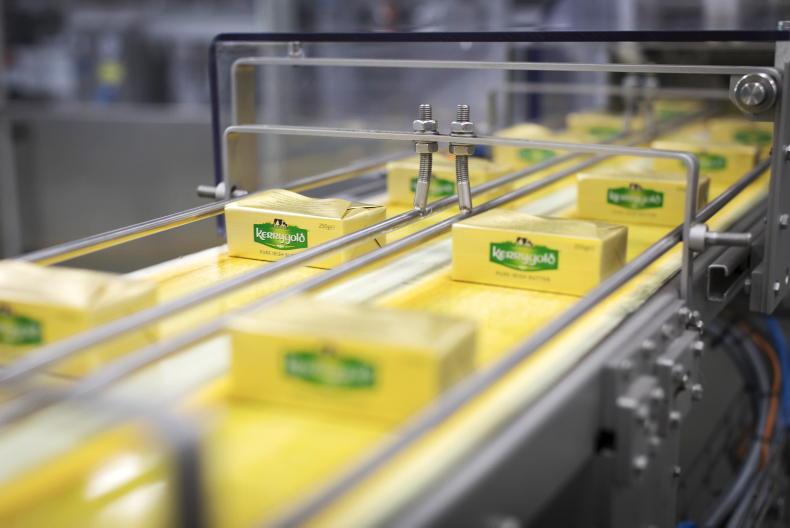
SHARING OPTIONS